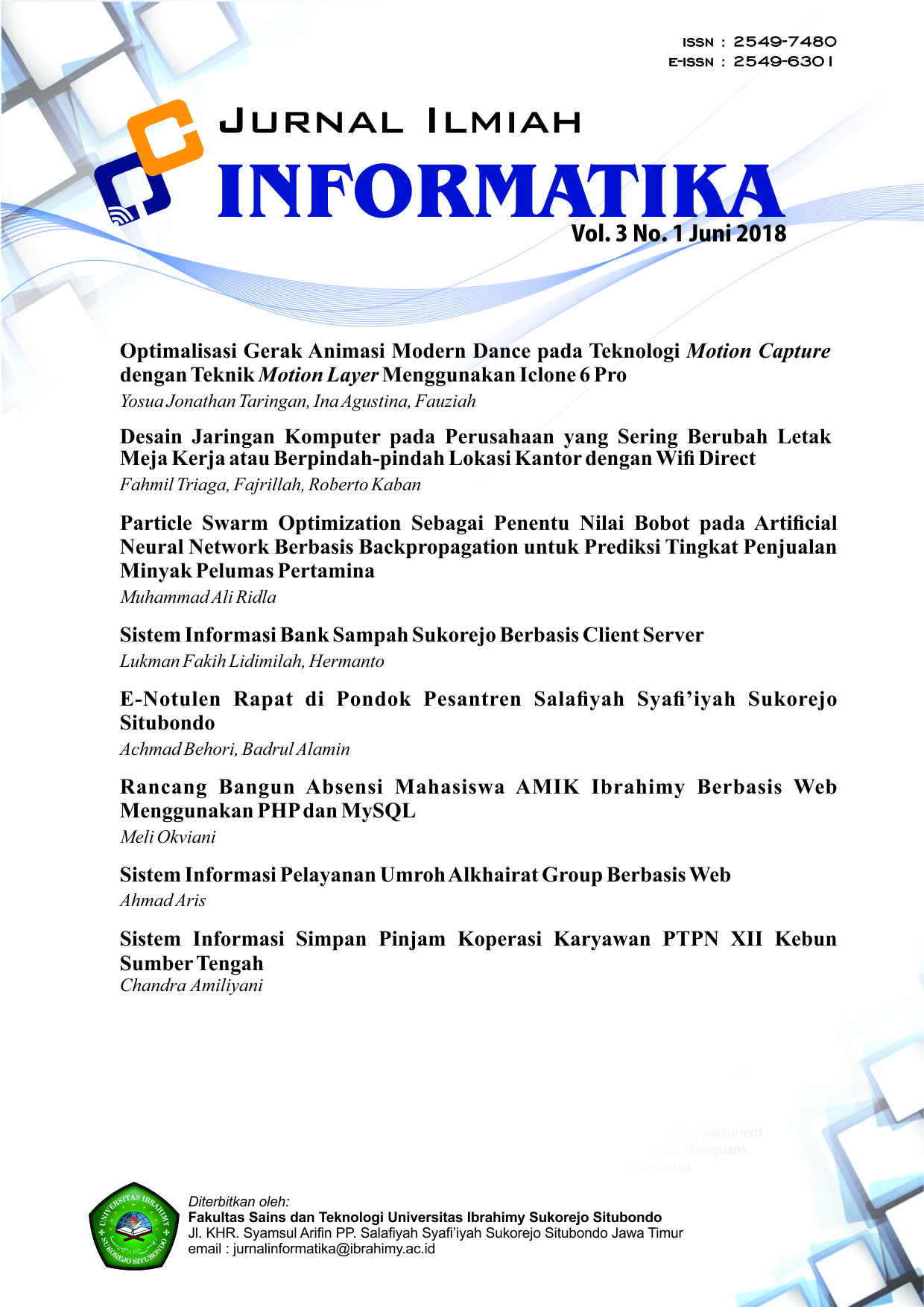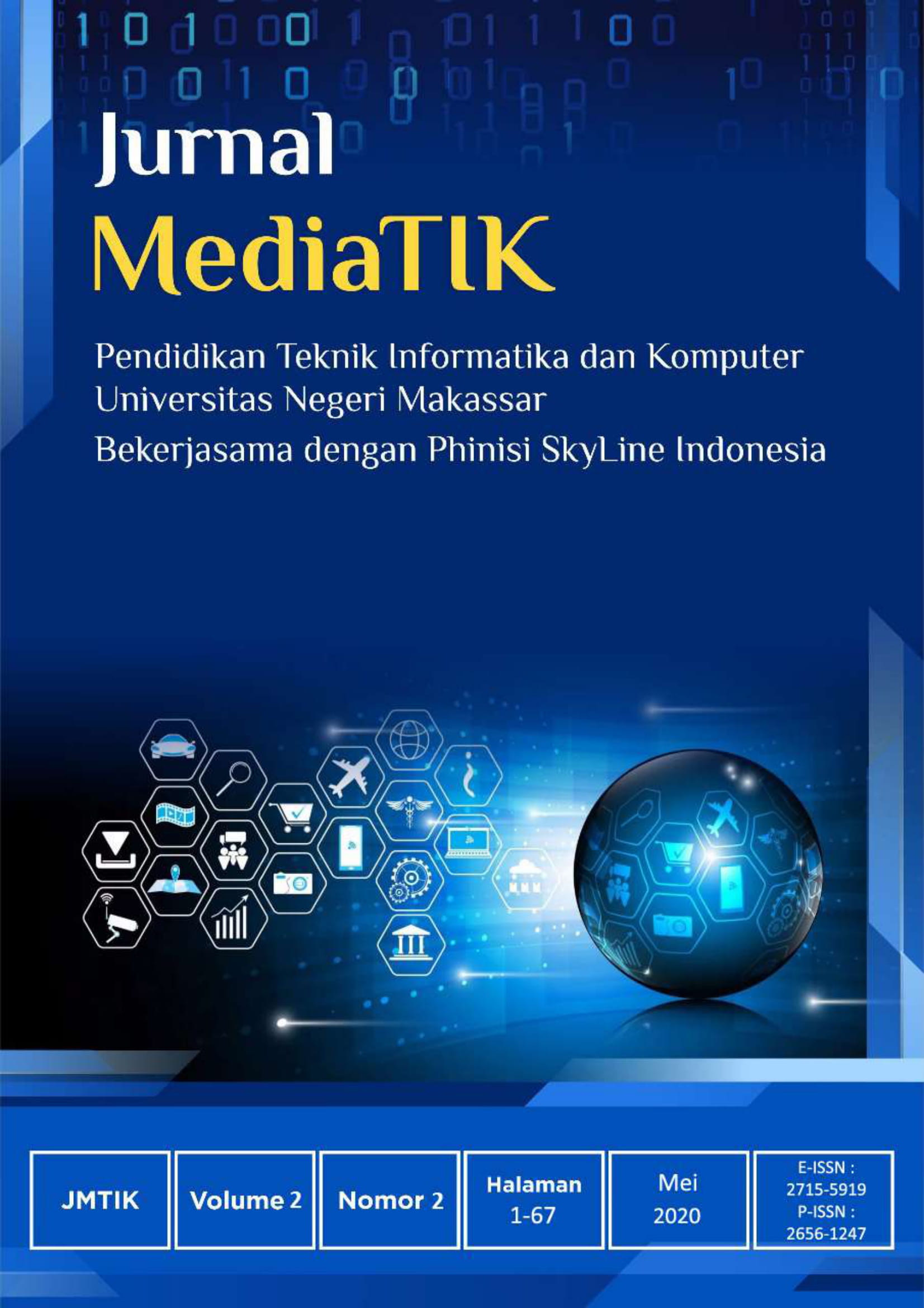
The on-highway market has driven massive DEF infrastructure growth in the last few years with over 1,000 DEF pump locations across North America. When stored within this range, shelf life will be greater than one year, and when stored below 65☏, shelf life is extended to 2 years. It is recommended that DEF be stored between 12☏ and 86☏. All hoses, fittings, and storage tanks must be made of DEF-approved materials such as stainless steel, certain plastics, titanium or EPDM rubber in order to avoid chemical contamination of the DEF and expensive damage to the SCR system. However, additional care must also be taken when selecting bulk DEF storage and delivery systems. Each system includes sensors that monitor DEF quality and level as well as heated lines from the tank to the SCR unit to maximize system performance. The SCR system, tank and distribution system on the equipment are all designed to be fully compatible with DEF properties to avoid corrosion, evaporation and contamination.

When stored or exposed to extreme temperatures, DEF does not become toxic. While it does freeze at 12☏, it is important to note that frozen DEF does not impact the start-up or operation of the vehicle. DEF is safe to handle and store, non-toxic, non-polluting and non-flammable. As fuel consumption increases, DEF consumption also increases, so it is important to consider the highest consumption rates of the equipment when planning DEF delivery and storage.ĭEF poses no serious risk to humans, animals or the environment, but it is not compatible with all materials. On average, DEF consumption is 3% to 5% of fuel consumption. At this specific 32.5% concentration the solution has the lowest freezing point of all possible concentrations and allows the urea and water to freeze and thaw at the same rate allowing the proper concentration for the SCR exhaust system.ĭEF consumption will vary depending upon the environment, operation and duty cycle of equipment. The 32.5% DEF solution is preferred for use with most SCR systems worldwide due to optimum cold weather performance.
#Service def system limited to 5 mph iso
It has high purity requirements - defined by the International Organization for Standardization specification ISO 22241-1, and the American Petroleum Institute. A significant improvement in diesel technology was the addition of DEFĭEF is a non-toxic solution of 67.5% water and 32.5% automotive grade urea and is one of the key elements of the SCR system. This directive resulted in manufactures supplying better low-sulfur fuels and specialized converters to curtail the toxic nitrous oxide exhaust fumes. The EPA regulations of 2010 forced diesel technology to improve. Numerous industries across the globe, have benefitted from improved diesel designs and cleaner operations. These advantages make it the perfect powerplant for commercial vehicles. Modern diesel engines deliver better fuel economy with a more rugged design.

This increase can be directly attributed to the 2010 EPA regulations. Diesel technology and the engines themselves have witnessed a substantial rise in clean operations within the last several years.


 0 kommentar(er)
0 kommentar(er)
